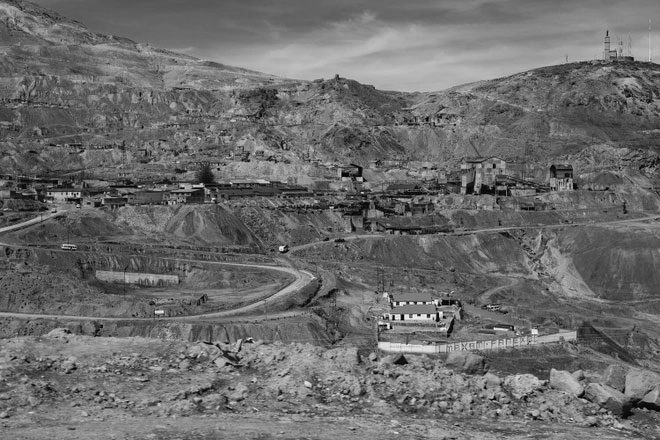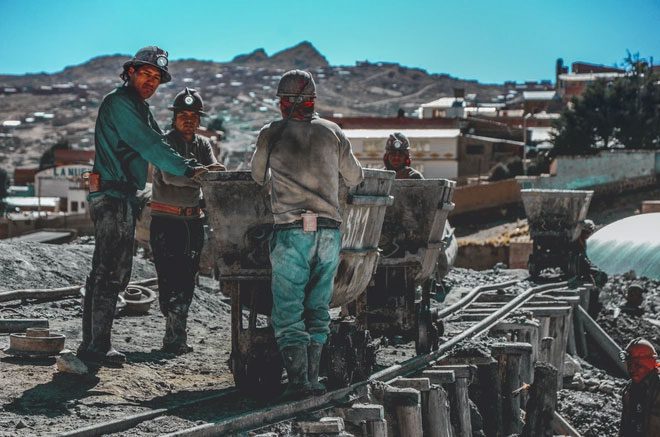For centuries, around 8 million people have lost their lives on Cerro Rico in Bolivia. Today, it remains one of the most mysterious attractions, drawing numerous visitors to this South American country.
Located in one of the highest cities in the world, Potosí, Bolivia, Cerro Rico is known as the “rich mountain.” The Spanish named Cerro Rico due to the enormous amount of silver ore, exceeding 56 thousand tons, beneath it, leading them to believe that the mountain was entirely made of silver.
In 1545, a small mining town was established at the foot of Cerro Rico, with approximately 3 million indigenous people forced to work there. Historical records indicate that hundreds of thousands died from accidents, overwork, starvation, and disease. Nearly five centuries later, the working conditions for miners deep within the mountains seem hardly changed.

Cerro Rico contains a vast amount of silver ore. (Photo: Dreamstime).
After hundreds of years of mining, the mountain has been riddled with thousands of holes, becoming unstable and at risk of collapsing at any moment. According to historian Eduardo Galeano, it is estimated that around 8 million men have died at Cerro Rico since the 16th century.
Many dispute this figure, claiming it is exaggerated, including residents who lived near the mine and have since moved away, not just counting casualties. It is difficult to provide accurate statistics on those who have died beneath the mountain, but it is undoubtedly a staggering number, leading Cerro Rico to earn the infamous title of “the mountain that eats men.”
Many deaths are due to accidents, but the primary cause of death is silicosis, as workers inhale too much dust in the mines. Typically, mining operations have water systems to suppress dust at drilling sites; however, the mines at Cerro Rico are not equipped this way. Only a few men in the region live to see their 40s. According to the local widows’ association, an average of 14 women lose their husbands each month.

Miners extracting ore at Cerro Rico. (Photo: Pedro Henrique Santos)
By the early 21st century, Bolivia’s mining industry had come to a standstill. The history of Cerro Rico has entered legend, making this mountain the most significant monument of this South American nation.
In 1987, UNESCO recognized Cerro Rico as a World Heritage Site, and the historical value of the mountain opened a new door for Potosí—tourism, which The Guardian describes as a lifeline for the city’s economy. However, Marco Antonio Pumari, vice president of the Potosí Citizen Committee, believes the Bolivian government needs to take measures to preserve this heritage.
The Bolivian government is racing to implement an ambitious plan worth up to $2.4 million to stabilize the geology of Cerro Rico. They will fill a sinkhole approximately 700 square meters that has appeared since 2011.
Some residents argue that this plan is merely a temporary solution; they are calling for the government to impose a ban on mining near the mountain.
Wilber Garnica, a tour operator in Potosí, noted: “For some people, the mountain is like the Eiffel Tower; for others, it is the source of livelihood for their families. Some depend on the mine, and when prices soar and life becomes too difficult, they have no choice but to dive into the mine and work.”





















































